Toolkits Relapse Prevention
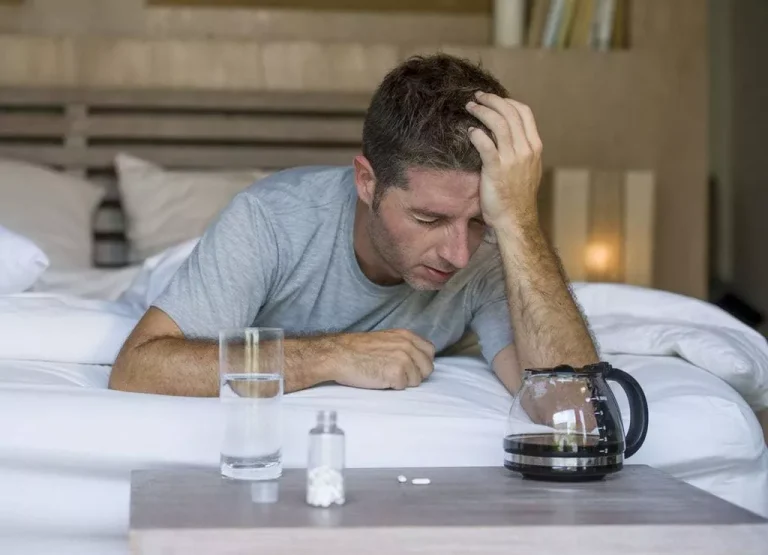
During the recovery stage, it’s not uncommon to feel temporarily worse. For some people, AUD has hurt their relationships, careers, health, finances, self-esteem, and other aspects of their lives. A 2006 study published in the journal Addiction found that 62 percent of people treated for alcoholism through alcohol rehab or Alcoholics Anonymous maintained recovery after three years. About 43 percent of people who did not receive any form of treatment maintained sobriety. Friends and family see the noticeable benefits of quitting alcohol when their loved one stops drinking and chooses to pursue a healthy life. They often say that the person seems like his or her old self.
Helping a Loved One Avoid Relapse
Hosted by Amy Morin, LCSW, this episode of The Verywell Mind Podcast, featuring addiction specialist Erica Spiegelman, shares the skills that help in recovery. Beam Management is available 24/7 to discuss your treatment options. Their representatives will discuss whether their facility may be an option for you.
- The longer you continue to use, the more complicated it can become to stop using, especially if it is a substance on which your body can become physically dependent, such as alcohol.
- Awareness of thoughts, feelings, and behaviors can be indicators of where someone is and what they may need regarding recovery.
- Distraction is a time-honored way of interrupting unpleasant thoughts of any kind, and particularly valuable for derailing thoughts of using before they reach maximum intensity.
- If you’ve experienced a relapse and are ready to seek treatment, American Addiction Centers (AAC) can help.
- For people with longer-term recovery, outsiders can see more clearly the behavioral changes and warning signs that coincide with relapse, like someone suddenly disappearing from their home-group Twelve Step meeting.
Addiction and Mental Health Resources
Your body has acclimated to quitting drinking over the past couple of years. To avoid a relapse at this stage, your https://ecosoberhouse.com/article/alcoholic-ketoacidosis-symptoms-and-treatment/ mental health is vital. Relapse is usually triggered by a person, place or thing that reminds a person of alcohol. When the brain processes the memory, it causes cravings for the substance.
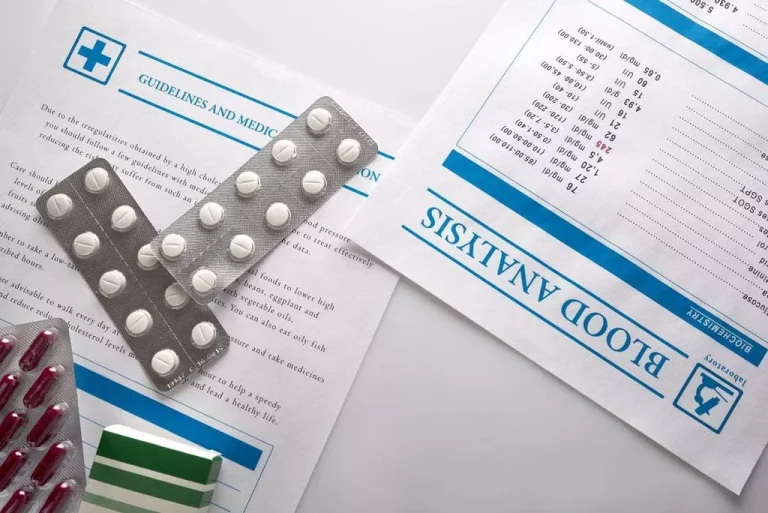
What is a Relapse Prevention Plan?
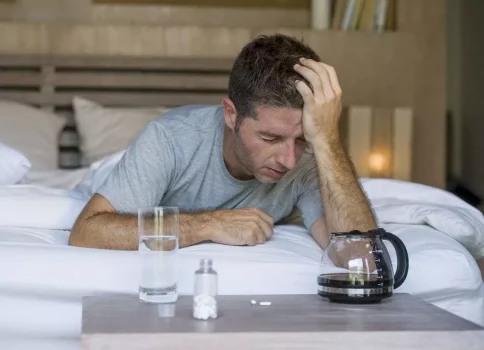
Research supports a correlation between longer lengths of time in treatment and improved treatment outcomes.8 Adequate lengths of treatment may help to ensure that the full range of a patient’s unique problems and needs are addressed. Addiction to alcohol can have negative consequences, affecting every aspect of your life including work, school, and relationships. Fortunately, with treatment, you can end your addiction to alcohol and live a high quality of life in recovery. Some relapses start with lapses that become more prolonged or frequent until the individual returns to uncontrolled substance use.
- Choose to get help, even though shame often deters people from doing so.
- After discharge, patients were assessed at a weekly basis for 4 more months in order to monitor their course and abstinence from alcohol.
- It hinges on the fact that most cravings are short-lived—10 to 15 minutes—and it’s possible to ride them out rather than capitulate.
What to Do After an Alcoholic Relapse
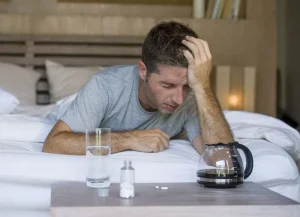
It’s also necessary to schedule regular opportunities for fun. The risk of relapse is greatest in the first 90 days of recovery, a period when, as a result of adjustments the body is making, sensitivity to stress is particularly acute while sensitivity to reward is low. It is important to know that relapse does not represent a moral weakness. It reflects the difficulty of resisting a return to substance use in response to what may be intense cravings but before new coping strategies have been learned and new routines have been established.
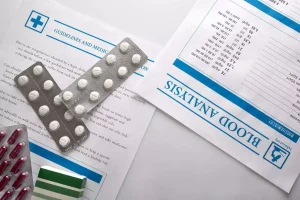
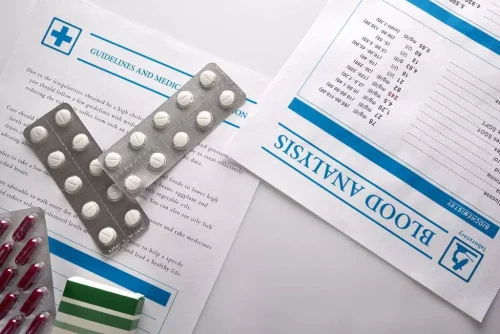
Of course, that requires understanding what your triggers are. But life is often unpredictable and it’s not always possible to avoid difficulty. Whether or not emotional pain causes addition, every person who has ever experienced an addiction, as well as every friend and family member, knows that addiction creates a great deal of emotional pain. Therapy for those in recovery and their family is often essential for healing those wounds. The more ACEs children have, the greater the possibility of poor school performance, unemployment, and high-risk health behaviors including smoking and drug use.
- Friends and family see the noticeable benefits of quitting alcohol when their loved one stops drinking and chooses to pursue a healthy life.
- Understanding triggers for alcohol use is important for someone in recovery and their loved ones.
- Some people may feel so “broken” that they almost feel they can no longer experience joy and confidence, or have healthy relationships again.
- But their lifespan can be measured in minutes—10 or 15—and that enables people to summon ways to resist them or ride them out.
- Therapy combined with an AUD program tends to lead to a high recovery success rate.
- You stop attending all meetings with counselors and your support groups and discontinue any pharmacotherapy treatments.
Relapse Prevention
Relapse into alcoholism is less likely if you attend rehab, dedicate yourself to a recovery plan and avoid becoming overconfident in your ability to prevent relapse. With further treatment and dedication, you can maintain sobriety. Emotions may prompt thoughts of using but so can external cues or stimuli. Low-dose topiramate as an adjunct to psychotherapeutic treatment is well tolerated and effective in reducing alcohol craving, as Alcohol Relapse well as symptoms of depression and anxiety, present during the early phase of alcohol withdrawal. Furthermore, topiramate considerably helps to abstain from drinking during the first 16-week post-detoxification period. Regarding setbacks as a normal part of progress enables individuals to broaden their array of coping skills, to engage in planning for problematic situations, and to devise strategies in advance for dealing with predictable difficulties.
